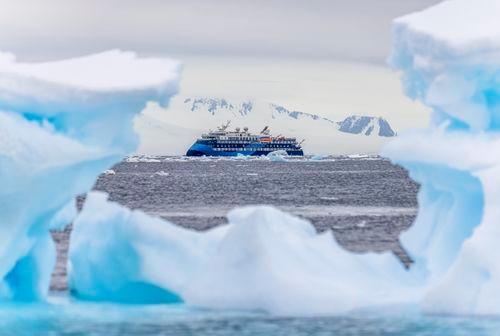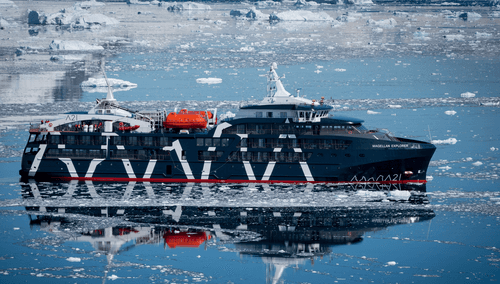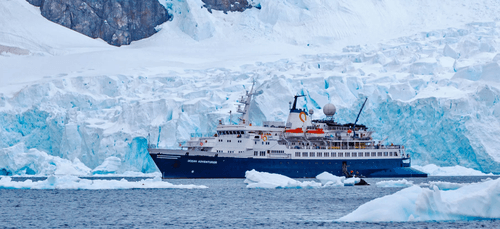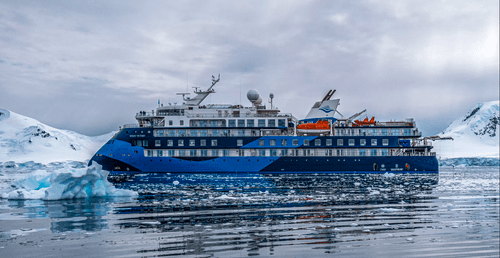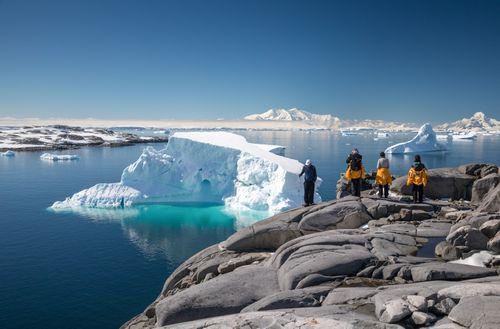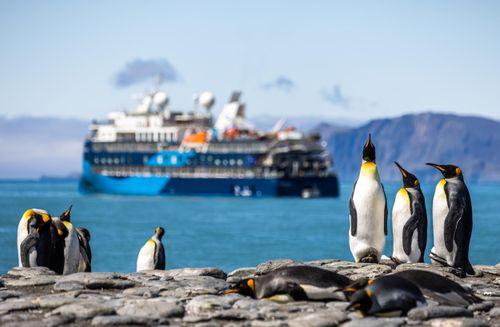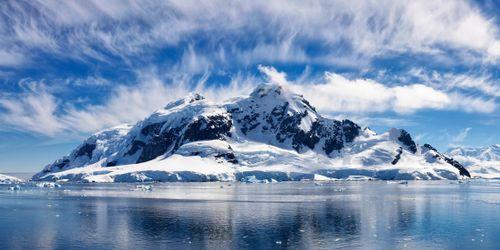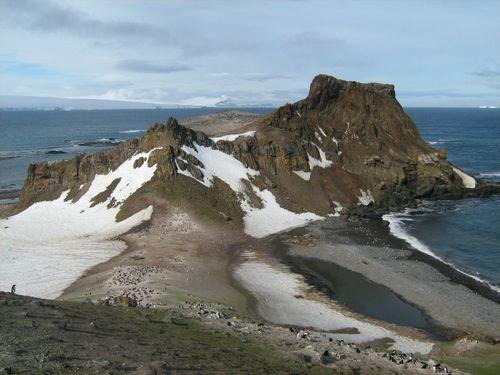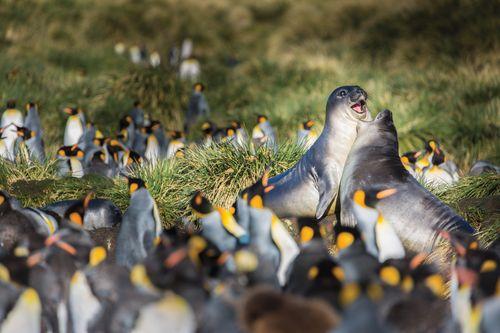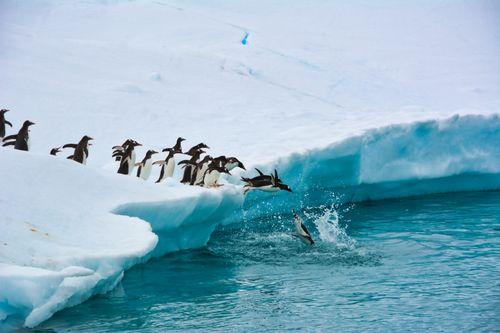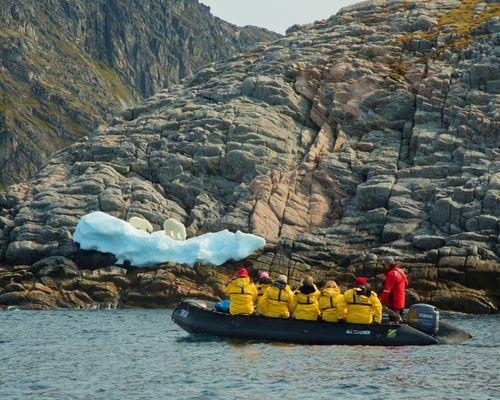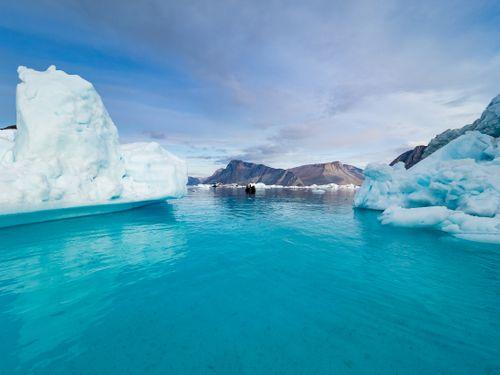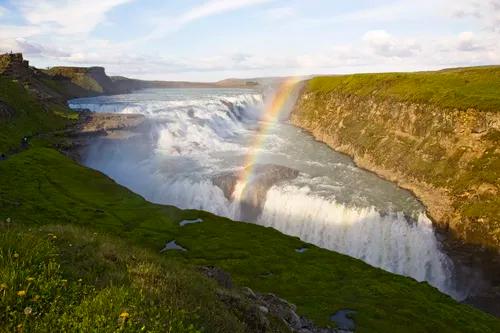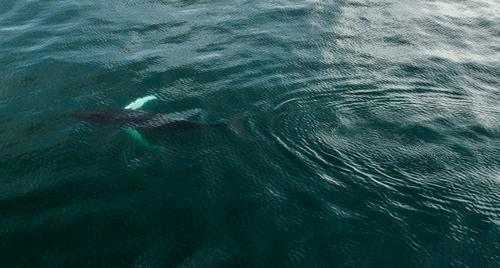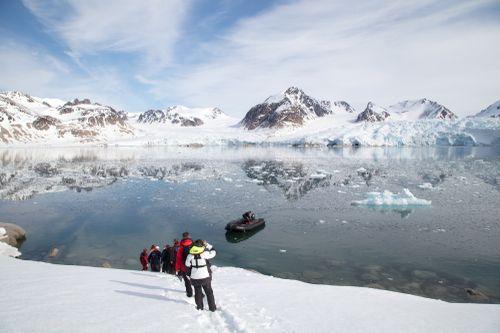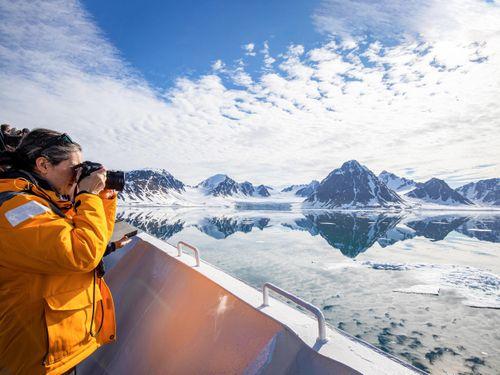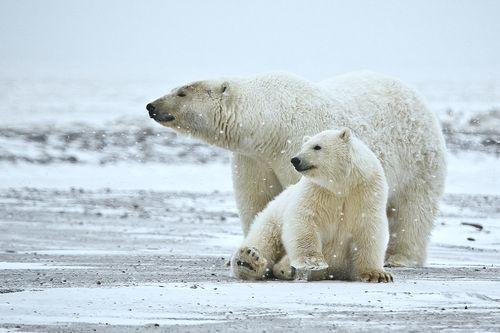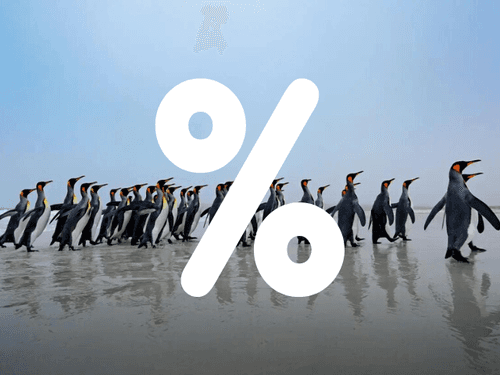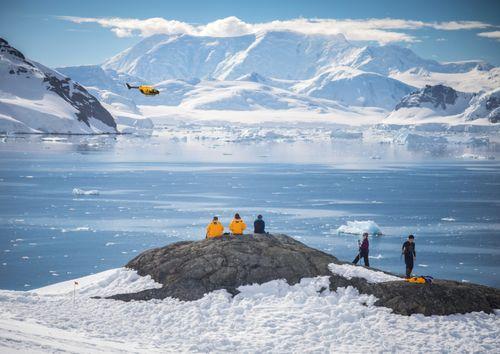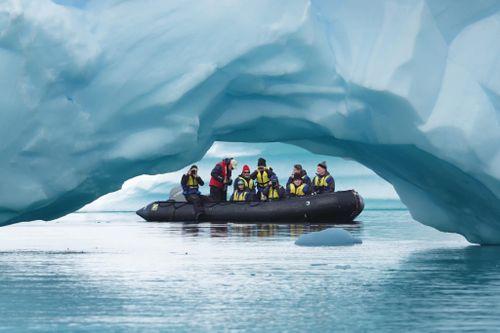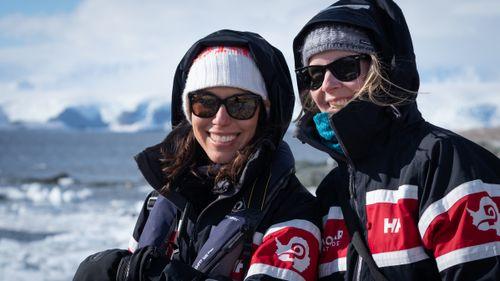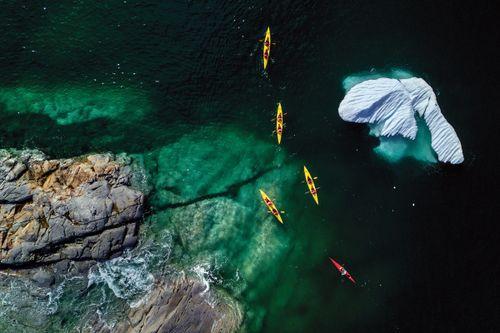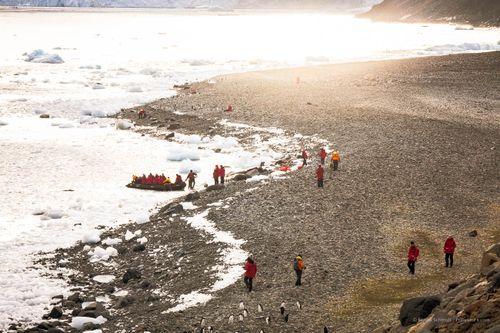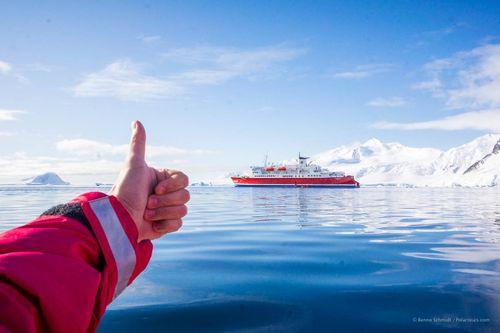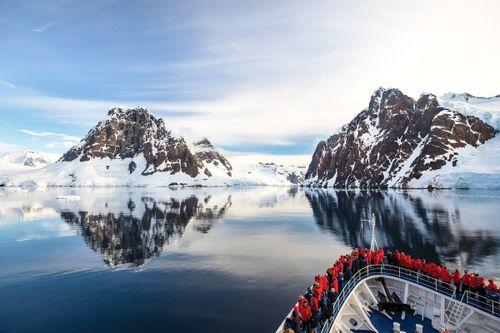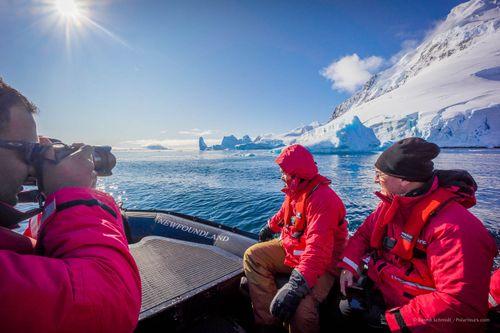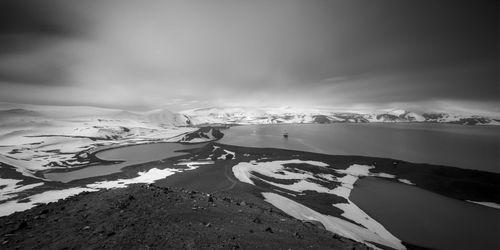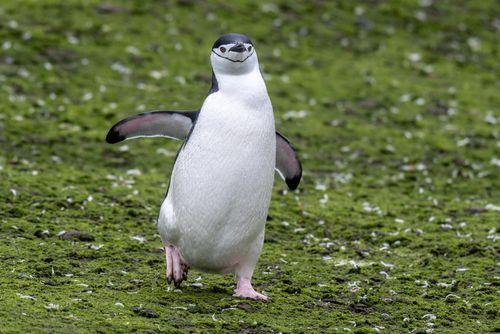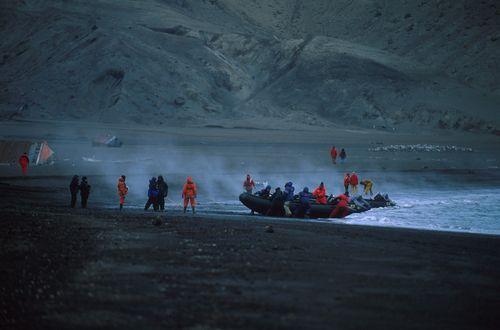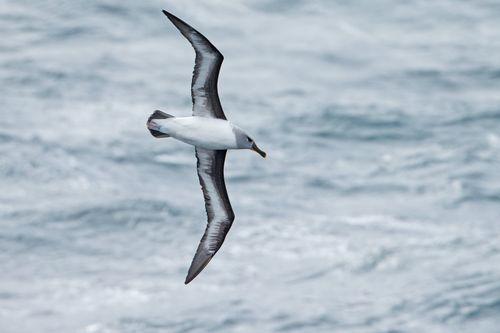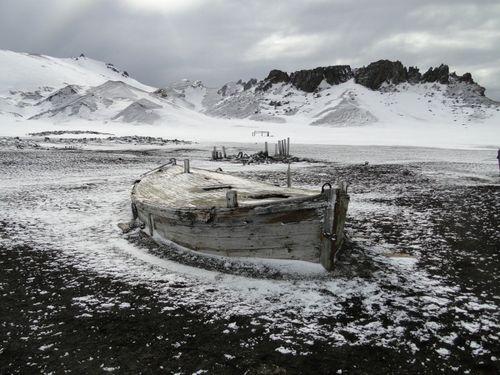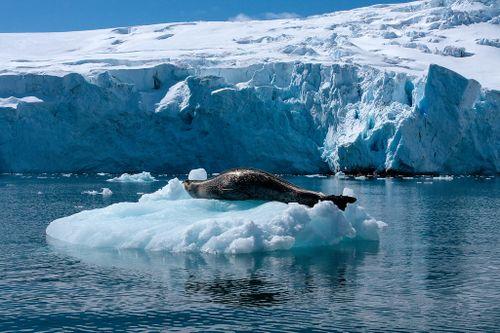
Point Wild
A monument to human endurance, watched over by penguins and majestic glaciers
Information about Point Wild
Point Wild is an unassuming, narrow sand and rock point, with steep tidewater glaciers and cliffs on its edges. It lies on the north coast of Elephant Island (part of the South Shetland Islands) 7 miles west of Cape Valentine.
Despite its lack of grandeur, this small bit of land has a starring role in history - it was named after Frank Wild, the leader of the survivors of Sir Ernest Shackleton's shipwrecked expedition. 15 men camped here and managed to survive for four months of Antarctic winter before they were rescued by a Chilean naval ship in August 1916.
There is a memorial commemorating the captain of the rescuing vessel with an impressive bronze bust to be found here, as well as several inscriptions. You will often find members of a colony of chinstrap penguins “guarding” the monolith!
The waters around Point Wild are famous for “snagging” icebergs on their hidden underwater rocks, and there is always a chance to witness the nearby glacier carving into the waters. Due to the sea conditions, landing is not always possible here, but Zodiac cruise or a close passage by the ship will let you marvel at the isolation and inhospitable conditions that Shackleton’s team endured. You can also admire the amazing glaciers and stunning geology of the area around the point.
It is also the site of a Chinstrap Penguin colony and the surrounding waters can be great for whales and seabirds like the Black-browed Albatross.
Interesting facts about Point Wild
The site is the location where the crew of Sir Ernest Shackleton’s shipwrecked Endurance expedition camped for four months until rescued in August 1916 by the Chilean Naval vessel Yelcho, commanded by Captain Luis Alberto Pardo. It is the location of HSM 53 which consists of a Bust of Captain Pardo, a monolith and plaques celebrating his rescue of Shackleton’s men.
Pictures of Point Wild



